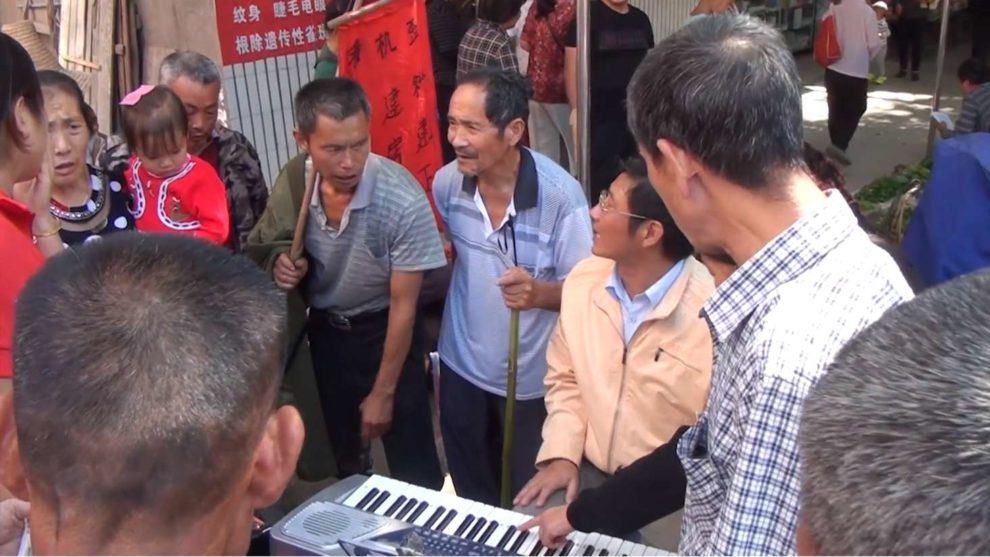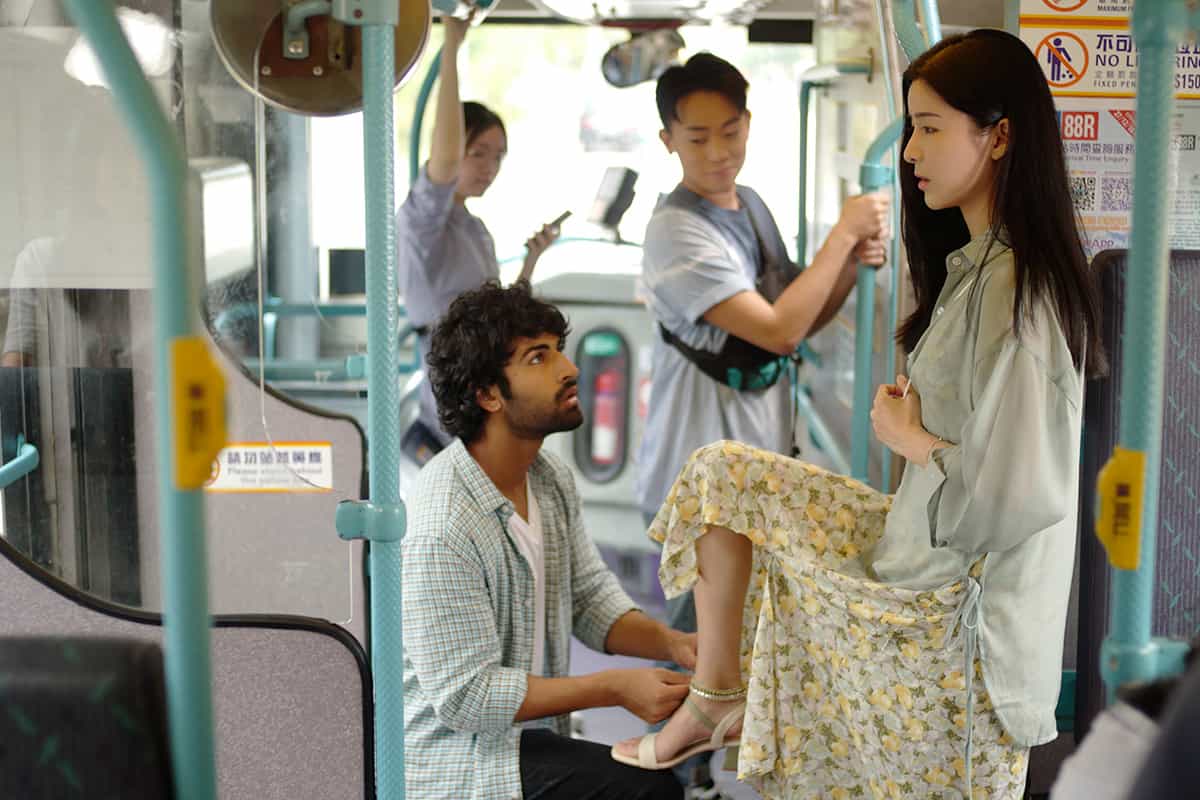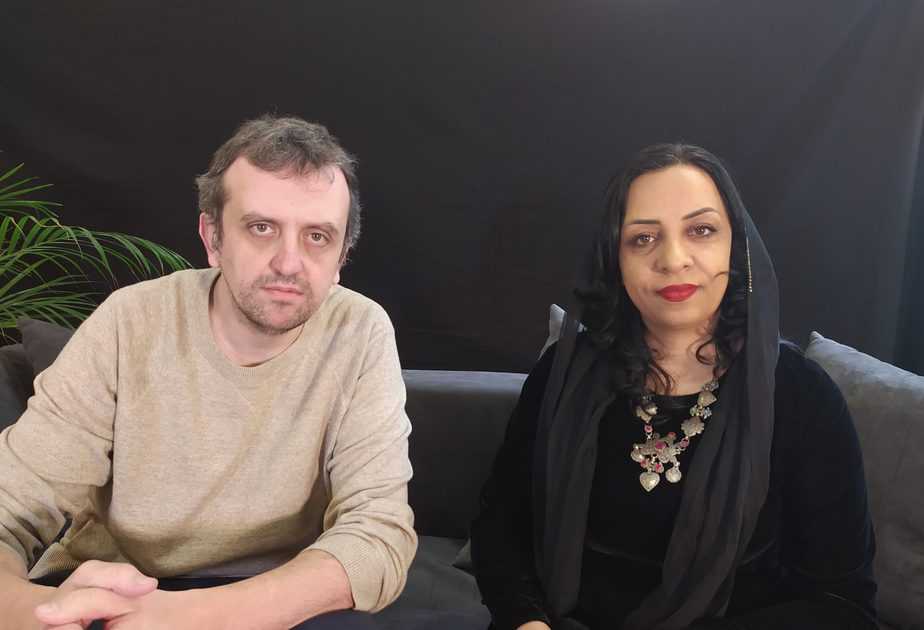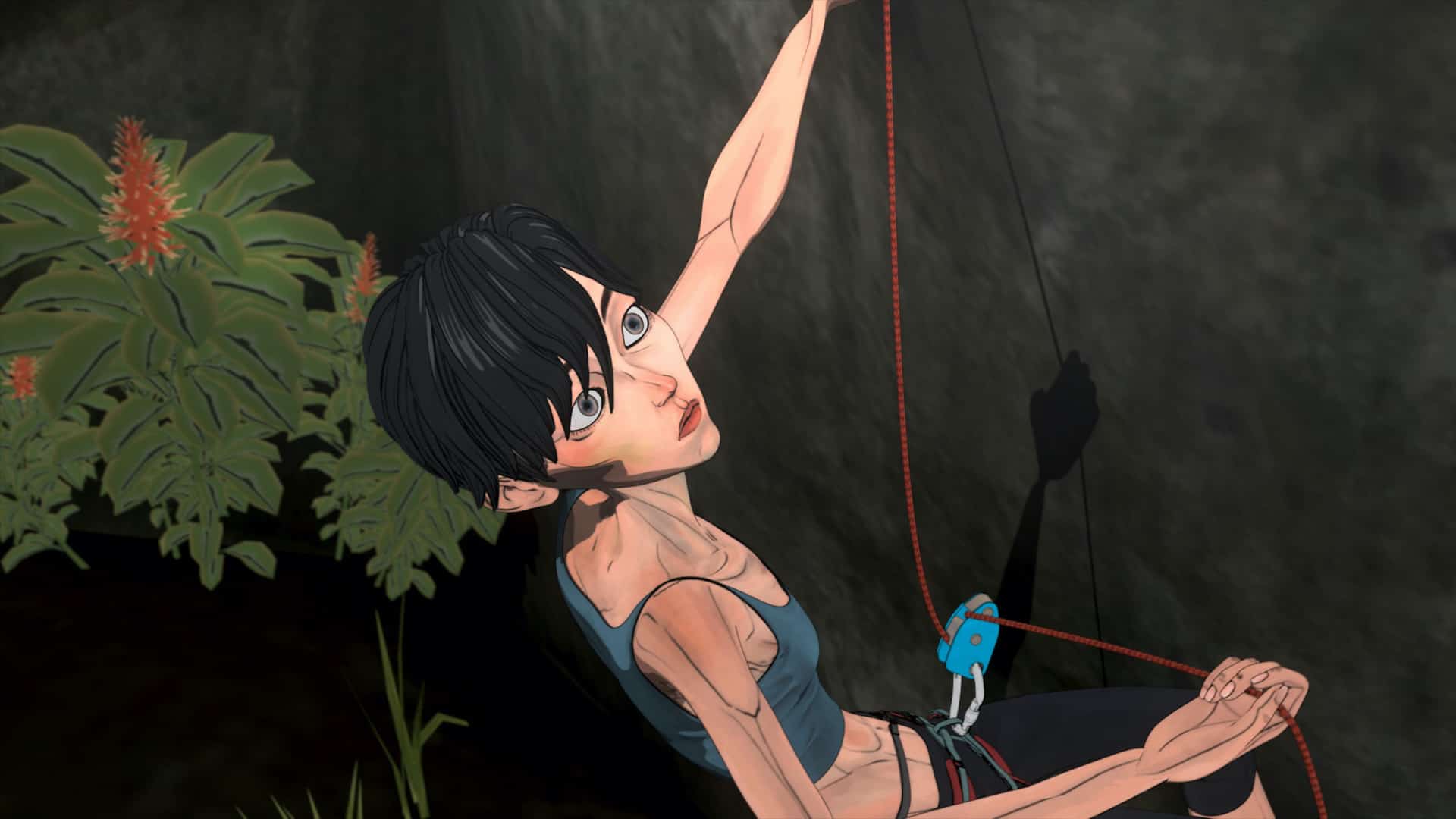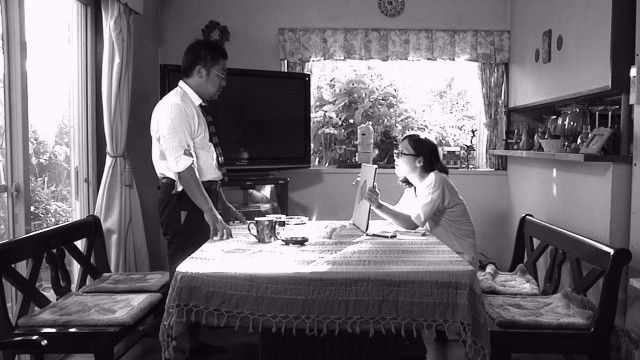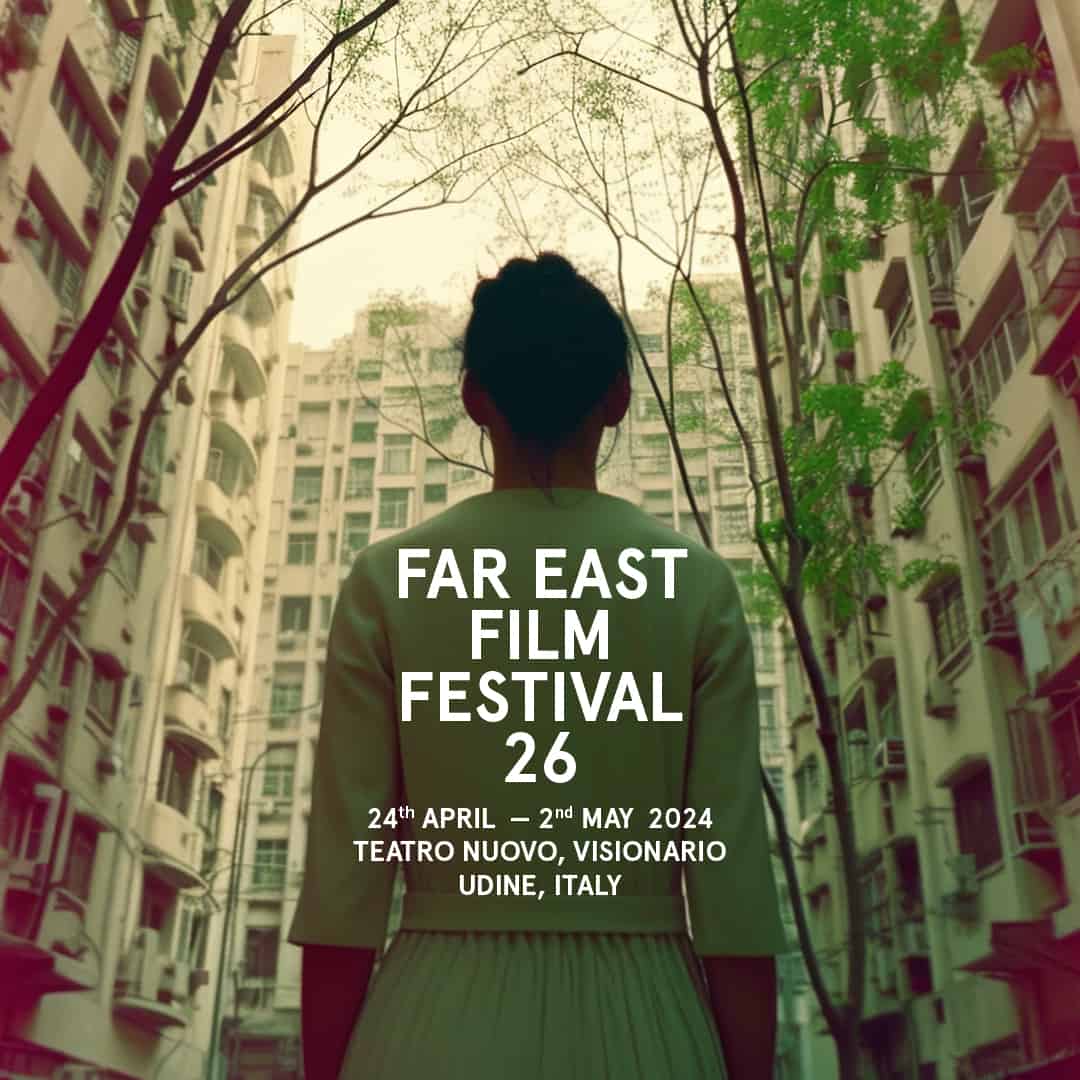“In China, most of the young people in the countryside moved to the cities for better job opportunities. Only children and old people are left behind. They live around this river and this bridge. This dangerous bridge has not been repaired for 20 years. It seems that all the problems, the persons and the objects in the countryside have been forgotten”. Aixing Wang's observational documentary focuses on a series of these bridges placed in the countryside, presenting them, the areas that harbour them and the people living in them from a number of perspectives, in a series of segments.
“Dangerous Bridge” is screening on International Short Film Festival Oberhausen, and is also available through the This Is Short Platform
The short begins with a long shot of a bridge over a river, with trains passing on top of it and boats underneath it. The camera then gets closer and begins focusing on people. Some of them have picked some ducks and have bound them together in some sort of bags, probably with the purpose of selling them. Women wash clothes in the river, while later, during the night, young men wash themselves and swim in the river, having fun. “I am the most handsome boy in the village”, one yells.
The second segment has the camera placed on a boat, and through a very interesting frame, through the window of the vehicle, shows various parts of the shore and the green colored water. The interior of the boat and the engine also get their time in front of the camera, which is then placed on the deck, showing other parts of the shore, in a tour-guide style.
The third part focuses on another bridge, showing cars and people crossing it, while the camera is then placed inside a vehicle, capturing the ride on top of the bridge with significant speed.

The next three segments focus on kids. The first one on a large group of young teenagers, playing a chasing game in an empty plot, and the second inside an internet cafe, where younger kids play online video games. The sexual undertones of a game that looks like “Grand Theft Auto” are highlighted through subtitles, in a comment that seems to state that these games might be inappropriate for children this age. The difference in the mentality between the two groups is also evident, with the first ones seeming rather happy and enjoying themselves, while the second seem “stuck” in a place that probably should not spend so much time in. The last of this group of vignettes focuses on two young girls, whose identical clothes make them seem like twins. The two of them perform for the camera, acting and showing off their agility, in the most delightful part of the movie.
The next segments return to the lives of the adults, focusing on roasting animals on the street and the market where people buy a number of edible and drinkable products, while the muddy, badly constructed streets are also highlighted. The antithesis of the intense construction that has taken over the whole country, with the huts still existing side by side the buildings in progress presents another comment, in conjunction with the aforementioned streets, which seems to state that the progress driven by the construction sector is happening without a particular structure, occasionally resulting in chaos. The tourists visiting the area conclude this part, adding a last brush to the painting of economy of the area.
The last part is calming once more, focusing on a man starting his boat on moving towards the river, with a number of birds sitting comfortably on the deck. The camera follows his from afar, before an intense zoom-in to his and another boat concludes the short.
Aixing Wang creates a rather realistic portrait of rural China, using both observational techniques and metaphor, in order to highlight as many aspects of every day life as possible. The result seems to state that the country is one of extreme antithesis and chaos, where happiness and hardship, richness and poorness, technological advancements and tradition move side by side, while the bridge could also be perceived as the instrument that joins all the aforementioned together.
The combination of images and their individual quality is quite good, highlighting the work done in both cinematography and editing, while the tour guide aspect retains interest for the whole of the 25 minutes of the movie.


